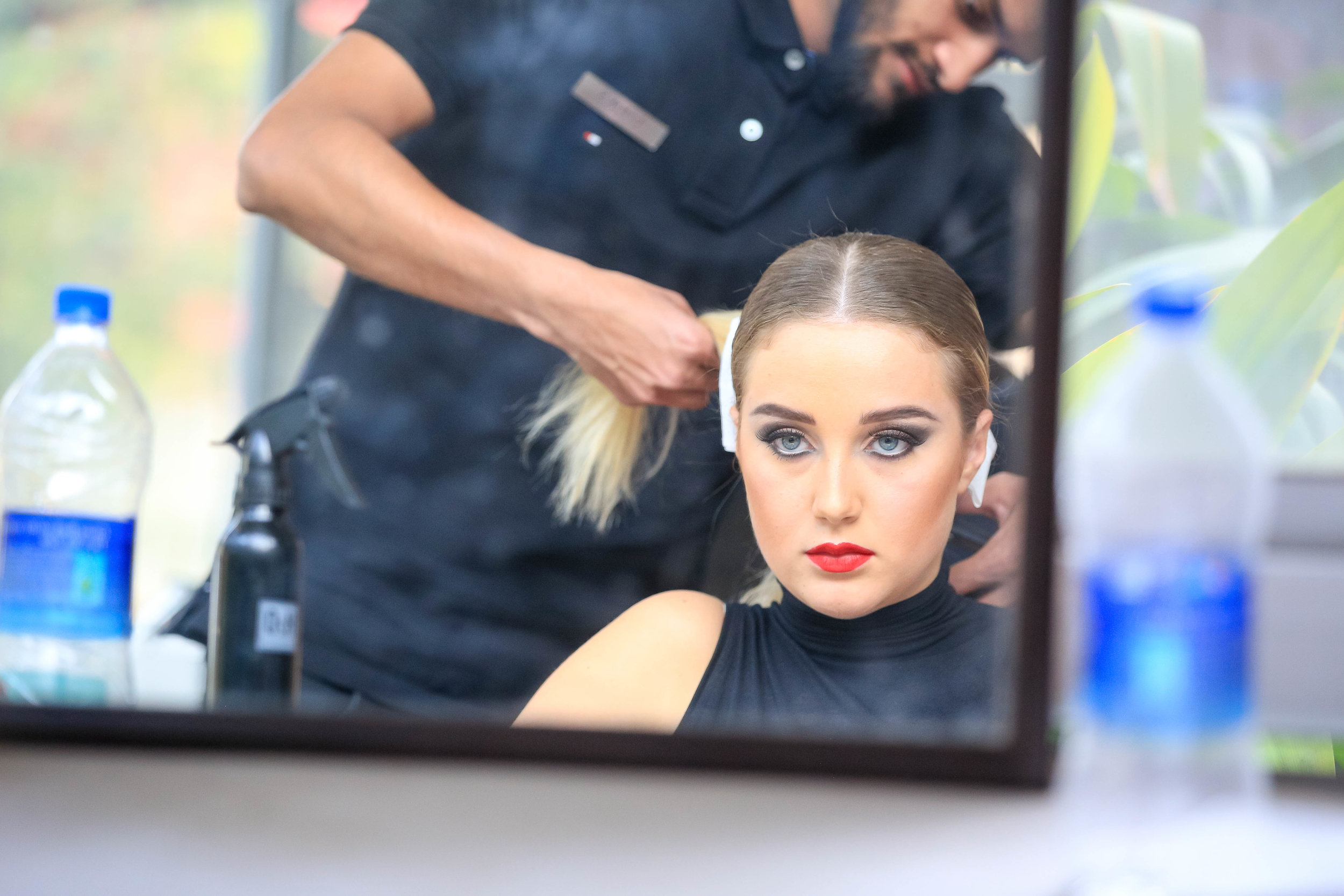Ever wondered how you can leave a meaningful footprint in life, or how your stay in your host country can be of value to those less fortunate? It's hard to actually find a project that can work around school, family, work, one that actually makes a difference. A few years ago I supervised just such a project, and it turned out to be quite an adventure, and an extremely rich experience.
This project managed to use high fashion to tackle poverty, directed great education to provide training for those with no education, fought severe gender inequality with female empowerment, and mixed overseas vision with local resources. To cap it off, it was served up at a fancy venue and raised thousands of dollars.
When I taught in India I supervised an IB CAS project entitled The Benefits of Fashion. It started when three international school students got together with an idea, a dream really, for a fashion show. When they started to plan this out, the dream quickly stopped being a simple "let's get all glammed up and walk the walk" idea, and morphed into a kusudama of rather large proportions. Undeterred, the girls formed a plan and set to work. Needing a service element to satisfy the IB criteria, they chose an NGO focused on female education, health and empowerment to which they would donate all the profits from the event.
The NGO, Action India, trains women and girls in basic workplace and small business skills, and pays them to work toward qualifications they can use in the real world, such as first aid, reading, writing, typing, in effect to stop them from marrying, or being married, too young. It supports them with university fees and provides invaluable sexual health education, something that alone can change lives dramatically.
Back at the school, the well heeled international girls selected three of their peers to design two fashion lines each. Those designers then had to find local artisans collaborate with, pay for, and manage their vision in order to bring to life their designs. This is no mean feat for anyone, let alone high school students already working flat out on their IB courses.
Once the designers started finishing their designs they used their tailors to mock up their work. As the clothes literally took shape, the designers auditioned for models, arranged for fittings, rehursals, hair and make up.
The group had now swelled to almost ten times its original number, and they often worked late, not only overseeing working on the fashion itself, but arranging sponsors, hunting for a high profile venue, and interviewing hospitality vendors.
I visited to the NGO and made a short promo film for their website to help them with their own fundraising and saw first hand just how impactive their financial support would be, how far a little money could go. This was going to change lives, and likely save one or two. I engaged another IB student, a very talented young filmmaker, to follow the student group on their journey as they developed the Benefits of Fashion identity and headed toward the hard deadline of the show.
The film documented the inevitable setbacks, tears, frustrations, withdrawals and injuries (oh, yes, there were a few injuries - some of these students were also engaged in inter-school sports, one model fell off a practice stage!) that come with such a complex event.
To use words familiar to every IB student, everyone took risks, remained open minded, and proved themselves to be out-of-the-box thinkers, knowledgeable, good communicators, balanced in their approach, reflective, caring and inquiring.
And then at the eleventh hour an ambassador's residence was secured and the fashion show became a garden party event. The hard work, long hours, the stress, had finally came to this.
The daylight dimmed, the spotlights came on and compares introduced the NGO, thanked the hosts and said a little about the project. The first of three high school musicians played an introductory song and then the models emerged onto the catwalk.
The collective intake of breath by the audience told it's own tale.
The models were so professional, so natural. It took a lot of guts to walk a catwalk at a major ambassador's residence, flanked by the high and mighty of the local expat and business community.
Were they nervous? Yes, surely. Did they show it? Not a bit.
The catwalk was a bridge between those who had it, and had the power to create change, to those who had nothing and were powerless.
Ticket sales had been robust and it was great to see the sizable audience whoop and cheer as the models took to the catwalk and made this dream come to life.
The event made a lot of people proud, not least the students themselves, but my big takeaway was the way they exploded people's preconceptions of what a student event could be like. This was more polished, more assured, more profitable, more collaborative than people expected, and there was a palpable sense of how impressed the audience was. It was very powerful.
The designers had created lines that were confident and brave. To have your vision come to life in front of an audience is hugely gratifying and they deserved the ovations they received.
I supervised two of these events and witnessed thousands of dollars being raised to buy health, shelter and education for girls and young women in India.
Many of the clothes on show were actually purchased, the vendors did a roaring trade, and everyone went home richer, safer, more empowered and better educated. What a brilliant way to attack gender maltreatment and devastating poverty.
I've covered some senior events here in Manila since I arrived and they no longer surprise me with the level of what they achieve, of what they create together. The future seems like a brighter place in their hands, I think. When I look at the photos later, I often wonder what they will have become when they are the ones writing blog posts and stories of the world?






















